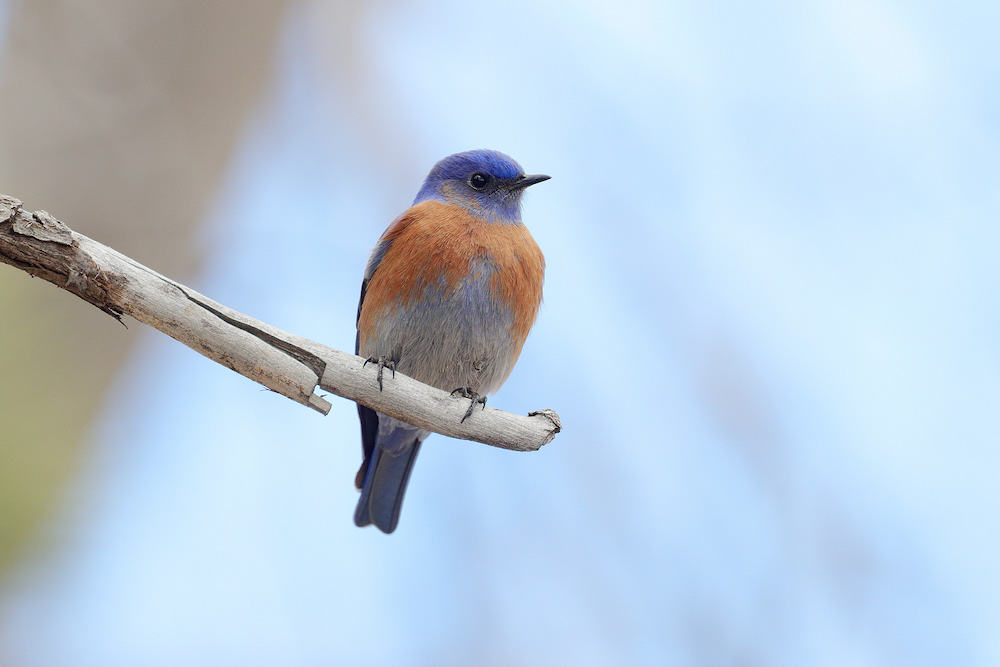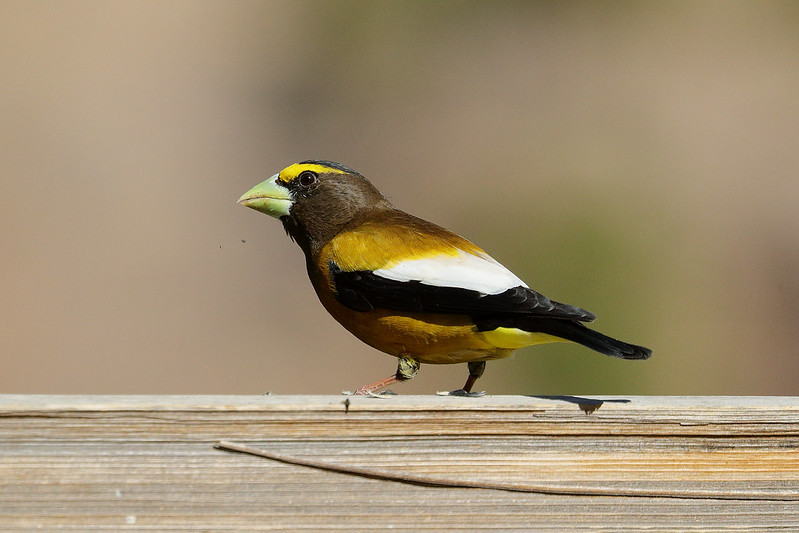
By Bob Loy
Some of you listened with interest to Bob Walker’s live broadcast from the wildlife observation room at the Los Alamos Nature Center earlier this week. Bob briefly discussed some of the ongoing threats to birds (outdoor cats, window strikes, habitat loss, etc.) and a recent publication in Science which estimated the loss of nearly 3 billion birds in North America in the last 50 years. This equates to a net loss of about 29 percent of the breeding bird population. Much of the data used to reach this conclusion came from everyday community scientists like Bob Walker and other PEEC volunteers, who participate in events like the North American Breeding Bird Survey and the Audubon Christmas Bird Count.
The best way to reverse this trend is through education and that is why I believe PEEC plays such a crucial role in our community’s future. My generation failed, so we need to do a better job of getting today’s youth connected to nature.
That is why I would like to remind everyone of a few of the reasons why protecting birds matters:
- Important Pollinators: Birds are very important pollinators of wildflowers throughout the world. In the continental United States, hummingbirds are a key part of wildflower pollination.
- Pest Control: Birds provide valuable ecosystem services in defending crops, such as grapes and coffee, from insects.
- Disease Control: As discussed earlier this week, by consuming the carcasses of diseased animals, Turkey Vultures help prevent the spread of life-threatening diseases such as cholera, rabies, and anthrax among animals and humans.
- Seed Dispersal: Some plants need their seeds to pass through the digestive tract of a bird to soften the coats of a seed to help the seed germinate. A great portion of Los Alamos County and the Pajarito Plateau consists of pinyon–juniper woodland. Pinyons and junipers rely heavily on birds for seed distribution, a dependence that makes the pinyon- juniper woodland unique.
- Indicator Species: An indicator species is one whose status provides information on the overall condition of the ecosystem and of other species in that ecosystem. We learned on Friday that because American Robins frequently eat from lawns, changes to their populations can be an indicator for the overuse of chemicals in a community.
- Cultural Significance: Bird symbolism is found across all cultures and dates to the most ancient of civilizations. Birds serve as national symbols and are seen in so many aspects of art, mythology, and religion all around the world.
Explore a few more reasons why protecting birds is important here.

What can you do to protect birds? I’m so glad you asked. The Cornell Lab of Ornithology lists the following seven simple actions that you can take today to protect birds:
- Make windows safe
- Keep cats indoors
- Reduce your lawn, plant native species
- Avoid pesticides
- Drink shade-grown coffee
- Use less plastic
- Watch birds, and share what you see
Learn more about the #BringBirdsBack campaign here and explore Audubon’s Survival by Degrees project here to see how climate change could impact birds in your area.

Excellent article. Focused on important factors to save the environment and birds. Thanks.